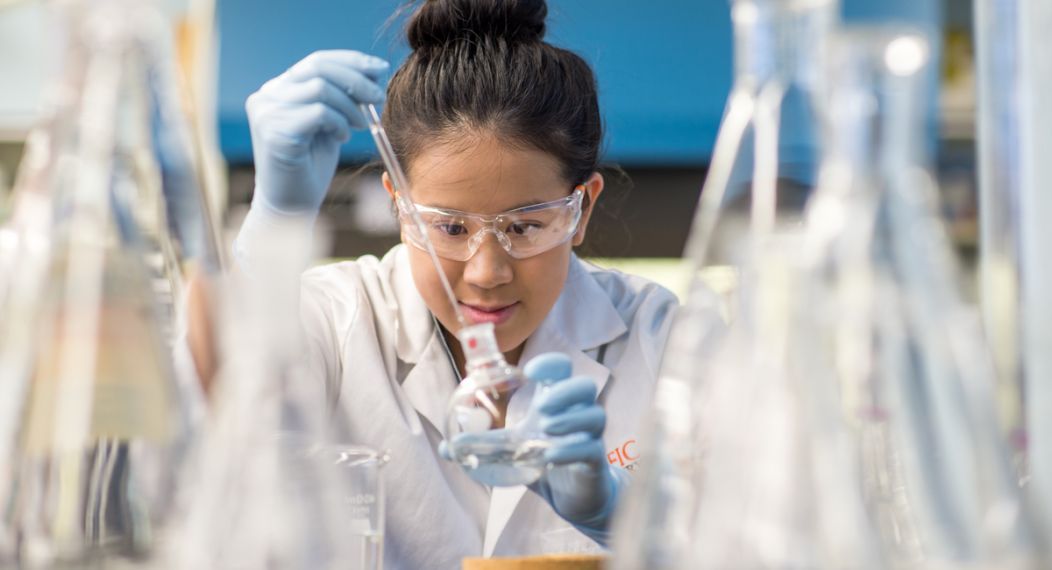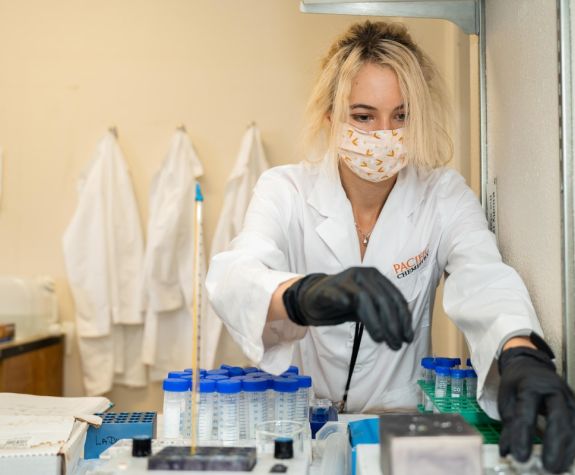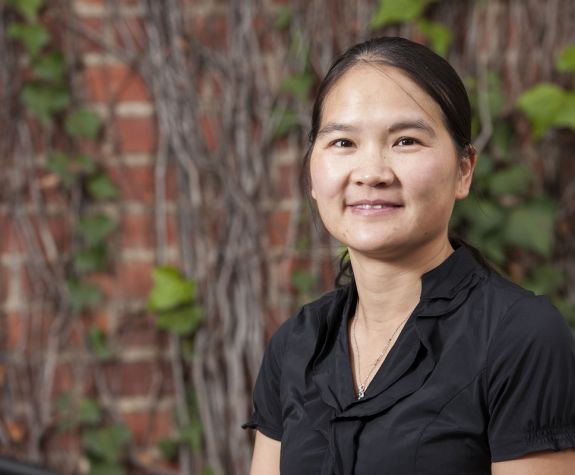Session 1
Design and Synthesis of Anticancer Drugs
Cancer is constantly evolving. It is critical that new generations of anti-cancer medicines are designed, tested and synthetized—first in labs and then pharmaceutical factories. Chemists are key players in this continuous battle between human ingenuity and cancer.
Students in this program will gain hands-on lab skills for designing and synthesizing molecules that are effective and efficient in treating cancer and will use state-of-the-art glassware, instruments and software in a chemistry laboratory setting.







